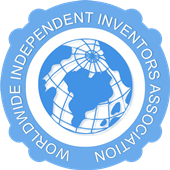- BY Admin
- POSTED IN Articles, Fără categorie
- WITH 0 COMMENTS
- PERMALINK
- STANDARD POST TYPE
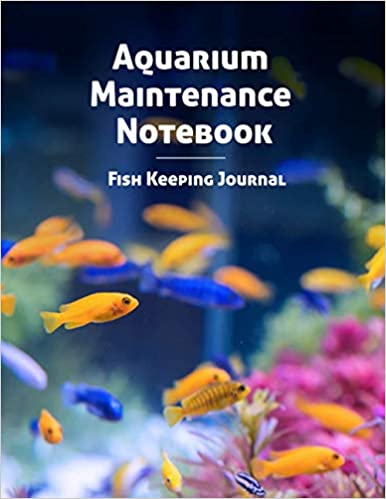
Aquaristics – Aquarium Fish – Welcome aquarists and all those who want to become aquarists!
Immerse yourself in the world of aquariums with us. Here you can find the most important information on the subject of aquariums. In addition, find all the necessary products and information about them. Detailed instructions explain how to set up your aquarium.
Fish – fish products and accessories TO
PRODUCTS- Aquarium for beginners,Aquarium technique,Correct placement of the aquarium,Types of aquariums,Nano aquarium,Aquarium for beginners
Are you serious about bringing the world of the deep into your living room, but are you a beginner in the field of aquariums? No problem! Here you will find everything you need to know before purchasing an aquarium.
The right water for the aquarium
Open the tap, fill the aquarium, populate it with fish. If you start your aquarium project this way, then it will not last long.
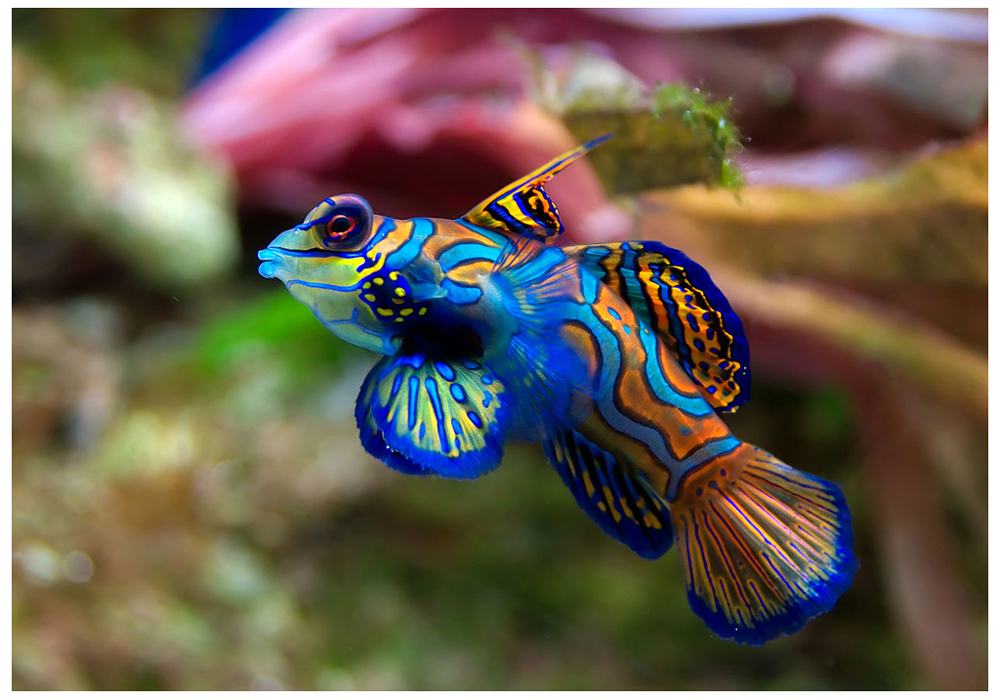
Drinking tap water is not a friendly environment for fish. This is sometimes too hard, sometimes too little, has the wrong pH value and the temperature is not good either. In addition, drinking water does not contain the vitamins and trace elements that fish need for a long life and bright colors.
Aquarium water is of crucial importance as a vital element for fish and plants. We have compiled below a lot of useful information for you on the topic of this vital element for fish.
QUANTUM ENERGY MEDICINE – Qi VIBRATION
Integrative medicine is a combination of conventional and Quantum medicine.
Quantum medicine is focused on the healthy state of the body, examining the body from health to sickness, and it deals with the system of self-regulation, self-healing, unlike conventional medicine which treats diseases by Electro acupuncture, Electropuncture Therapy, Qi reequilibration energy body
What kind of water do I fill the aquarium with?
A simple question, but very important for all those who are starting to set up their own aquarium. This is because not all waters are the same. Do not fill the aquarium with water from the barrel in which you collect rainwater. Rainwater lacks biologically important ingredients, and it often also contains environmental and rooftop impurities. Well water is not ideal either. This is because you can never be sure if and which harmful substances it actually contains. And the variations in water parameters can be very large.
Tap water is the best available base for a new aquarium project – even though there are different types of water. Tap water is one of the most strictly controlled and monitored foods. Drinking water is strictly treated from a microbiological point of view. But what is good for us is not necessarily ideal for fish. Together with the drinking water, for example, chlorine, copper or other harmful substances reach the aquarium, which are not recommended for fish, which is why they must be neutralized. In order to protect the fish against harmful substances such as chlorine or heavy metals in the tap water, it is mandatory to install a water conditioner and starter bacteria.
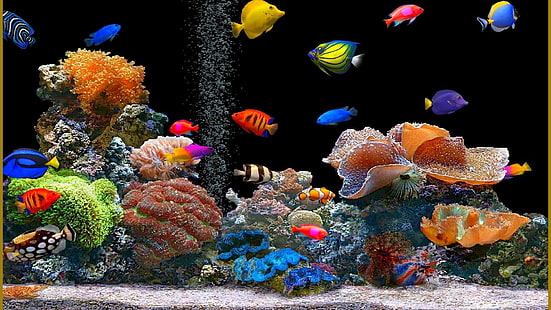
Water quality has a decisive influence on the fish and plants that live in it. But fish and other living things or plants in the aquarium influence the quality of the water.
Over time, for example due to the droppings of living things in the aquarium, the processes of biological transformation and the activity of microorganisms, substances accumulate in the water that are not only undesirable, but which can harm the system, respectively its inhabitants in the long term. The aquarium population additionally consumes the ingredients in the water. This leads to deficits, or even to changes in water chemistry.
Therefore, the most important task of the aquarist is to intervene to regulate and maintain the balance of this small ecosystem. An important role in this is played by water values, which must be checked periodically.
How many fish can I have in my aquarium?
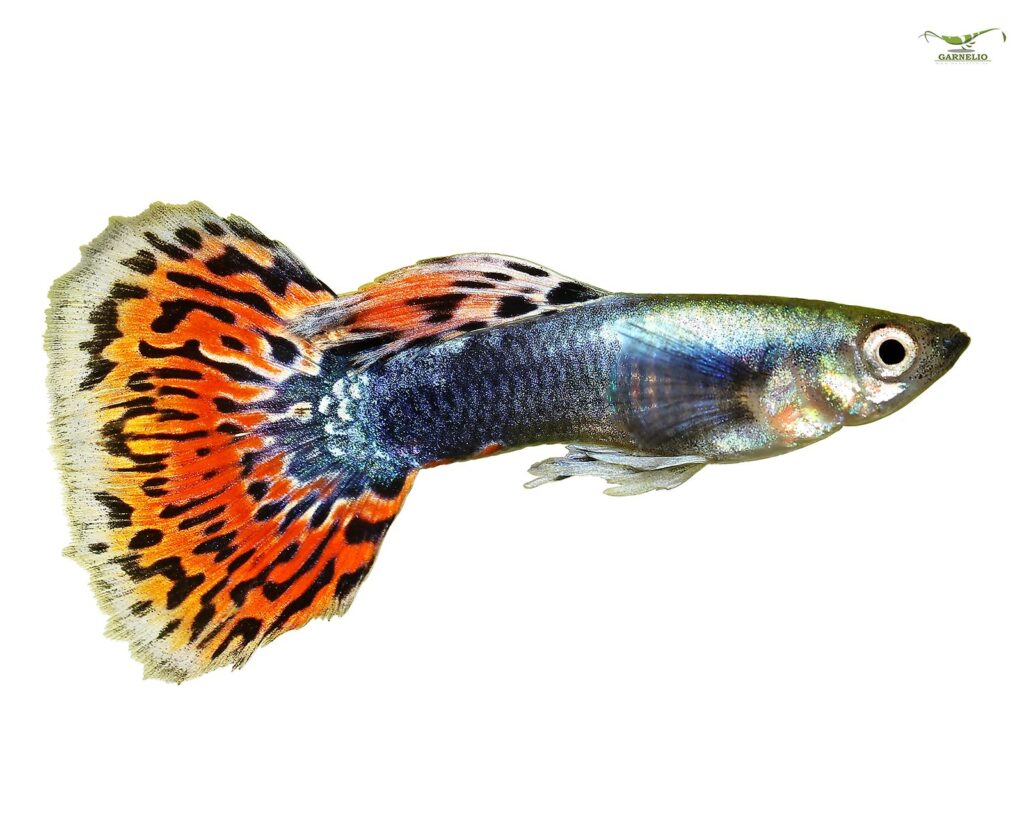
The number of fish you can keep in your aquarium depends on the species and their preferences. Sociable fish, for example, should in any case be raised in groups. A basic rule of thumb would be: you need one liter of water for every centimeter of length of the adult fish. The number and type of fish therefore results from the size of the pool. Keep in mind that young fish will grow.
Can I populate with fish immediately after setting up?
No, but only after the water values correspond: pH values between 6.5 and 8.5, as well as nitrite and ammonia weight close to 0 mg/l. The value for nitrate must not exceed a concentration of 40 mg per liter. You can request the values to be checked free of charge in your HORNBACH store – a fresh water sample is sufficient.
How often should I feed the fish?
Morning and evening, however 2 hours before lights out. A food vending machine is recommended during holidays. A perfect substitute for the holidays.
How much time is required to care for the aquarium?
On average, about 30 minutes are needed every two weeks.
What can be done against algae in the aquarium?
Excessive algae growth can be caused by poor water quality, poor lighting conditions, and/or the wrong fertilizer for aquatic plants. Too many large fish as well as food scraps are to blame for a dirty aquarium where algae can grow. If you take proper care of the aquarium and keep the water values within normal ranges, the problem should be resolved soon. If algae problems persist, you must turn to substances to combat them.
In the preparation phase of an aquarium, however, algae are not a rarity. An aquarium is a closed living environment where the supply, for example by means of food, and the extraction of nutrients must be kept balanced mainly by means of plants. However, this is not always possible by filtering alone. For this reason, excess nutrients must be removed from the aquarium water by partial replacement with clean, uncontaminated water as possible. And well-growing aquatic plants support the ecological balance and are irreplaceable with other care measures, the same is true for periodic water changes. And algae eaters can help. They serve to naturally combat algae. Our specialist staff will be happy to explain which types are suitable for the different pools!
What to do about high ammonia and nitrite content?
In the excrement of the fish, as well as in the remains of food and plants, nitrogen bonds are contained which are released into the water in the aquarium. Depending on the pH value, this results in toxic ammonia (at a pH value > 7.0) or non-toxic ammonia (at a pH value < 7.0). Certain filtering bacteria break down ammonia into ammonium. Other filtering bacteria then break down the nitrite into harmless nitrate, which in turn promotes algae growth.
If a water test showed the presence of ammonia and nitrite, then the biological filter is not working sufficiently.
Both ammonia and nitrite are harmful to fish. The best preventative measures for a healthy aquarium are therefore a sufficient oxygen supply, regular tank water changes and a controlled fish stock.
How do I prevent fish diseases?
Carefully observe the behavior of your fish daily. Deviations from the norm can indicate various diseases.
Only keep animals in the same pool that are compatible with each other and avoid overpopulation.
Feed the fish with quality products adapted to the species. Don’t feed your fish more than they can eat in a few minutes.
Ensure good water quality by periodically filtering, replacing and testing pool water.
Well-kept aquarium plants also ensure a healthy climate.
Possibly introduce specific products into the aquarium water, which reduce disease-causing germs.
Once a disease is noticed, immediately use suitable drugs.
What are the most common mistakes a beginner makes?
Before purchasing the aquarium, future aquarists do not know enough about their new hobby. It is very useful to get a little familiar with the new subject. Our assortment includes a rich selection of suitable specialist books.
The aquarium is populated with fish immediately after setting up. This is incorrect, with many fish dying shortly after as a result of nitrite poisoning. The preparation phase of an aquarium of about 3 weeks must be respected every time. In this phase, the vital filter bacteria for your aquarium are formed.
Tip: The installation of filter bacteria can be supported with a Filterstart set.
The pretensions of fish are unknown to beginners. He was insufficiently informed about the claims of the fish species. A possible consequence: introducing fish into the aquarium that are not compatible with each other (eg aggressive fish and shy fish).
A lot is not always good: often, beginners in aquarism overpopulate the aquarium with fish. The basic rule says: about 1 cm of fish per 2-3 liters of water.
Feeding too well-intentioned can also have fatal consequences. Food scraps decompose, water quality and, implicitly, fish welfare could thus suffer. And here, less is more.
The filter is cleaned too thoroughly and too often.
The aquarium is cleaned too thoroughly, for example of algae.
Too many chemicals are used to eliminate problems such as algae.
Checklist
So, have you thought of everything? We have compiled a checklist for you to help you set up your first aquarium. You need to think about the following things:
Technical Checklist
Aquarium, internal filter or external filter, safety heater, soil heating cable, lighting
Accessories Special nutrient soil, gravel/sand, thermometer, fish food, timer, lure, gravel spatula, scissors, tweezers, aid planting, plant tongs, foam substrate
Decorations Roots, stones with cavities, caves, aquarium back wall and adhesive for it
Maintenance/cleaning Aquarium starter set, water conditioner, anti-algae agents, natural water cleaning agent, pH test set and test nitrite, plant fertilizer, magnetic window cleaning agent, floor cleaning agent (bottom filter), water replacement set
Fauna Fish, aquatic plants, possibly invertebrates
Aquarium technique
In order for fish and other living things to feel good in the aquarium, you need certain technical elements. The small biotope does not regulate itself as it does in nature, even if it works according to the same laws. Learn the fundamentals about this technique here.
1. Filter system
A filter guarantees beautiful and clear water in the aquarium. But this is only a welcome side effect. This is because the primary task of an aquarium filter is not purely mechanical filtration. A filter ensures that invisible toxic substances dissolved in water are broken down and transformed by bacterial means.
Aquarium filter
This is how it works:
Through fish excrement, food scraps and dead plants, dissolved waste particles reach the water. In the long run, living in such water is harmful to fish and life.
Certain bacteria have specialized in breaking down and transforming these substances into harmless elements. These “specialists” feel very comfortable in the filter material of the aquarium filter. They happily settle there, the living conditions being ideal for their needs.
Aquarium filters are available as indoor and outdoor filters. Indoor filters are found in the aquarium, as their name suggests. The advantage is that outside the aquarium there are no small water hoses that can eventually become leaky. On the other hand, the inner filter must be cleaned from time to time, which is always an “intervention” in the aquarium.
An external filter can be comfortably placed under or behind the aquarium, inside it is only the return/return hose, which is not particularly disturbing. Unlike internal filters, external ones have a larger volume of filter mass.
Choosing the right filter depends on the size and volume of the aquarium. In the case of small aquariums, an internal filter is sufficient, and for particularly large ones, the use of an external filter is recommended.
Aquariums up to 55 liters 45 – 110 liters 90 – 150 liters 130 – 240 liters
Pump capacity 250 l/h 400 l/h 600 l/h 1000 l/h
Biological filtration
An aquarium filter provides a habitat for useful nitrifying bacteria. These bacterial colonies mainly populate foam and ceramic media. They are needed to convert two of the most toxic compounds that can exist in an aquarium (ammonia and nitrite) into harmless nitrate.
Chemical filtration
In the case of chemical filtration, e.g. with activated carbon, certain filter media are used for fine adaptation of aquarium water. Here, special substances are removed, the pH and hardness values of the water are optimized, and drug residues left over from the treatment of diseases are removed from the aquarium. Together with a water test, the use of a chemical filter is an excellent possibility to control the quality of the water.
Filter cleaning
Sooner or later it will be necessary to clean the filter mass. A weaker water flow at the filter outlet indicates the need to clean the filter. In this case, remove the filter mass from the filter as described in the instructions for use. Then wash it under warm water (about 25°C). Never use hot water or washing and cleaning agents to clean the filter! Do not clean the table very thoroughly, to protect the bacteria.
As a general rule, the filter and hoses should be cleaned every 2 to 3 months. If, however, the efficiency of the filter drops sharply, clean it more often.
Tip
The cleaning effort is facilitated by filters with integrated quick disconnect elements or available as accessories, with shut-off valves.
QUANTUM ENERGY MEDICINE – Qi VIBRATION
Integrative medicine is a combination of conventional and Quantum medicine.

